Psilocybin is one of the major chemical compounds found in psychedelic mushrooms. It’s what’s known as a prodrug, meaning it needs to be metabolized by the body to become pharmacologically active. After oral consumption, psilocybin is rapidly converted into psilocin, a psychoactive compound.
While psilocybin receives most of the credit for its mood and perception-altering properties, psilocin is most likely the molecule that delivers the psychoactive effects.
There’s a partial analogy with cannabis. The cannabis plant does not contain THC; it produces THCA (THC-acid), which is non-intoxicating. Our bodies can’t convert THCA into THC, it needs to be activated with temperature, such as a lighter when smoking, or an oven when making cannabutter. However, with psilocybin mushrooms, activation occurs through the body’s metabolism.
In cannabis, “THC content” refers to the total potential amount of THC, assuming all THCA is converted into THC. Likewise, the “psilocybin content” of mushrooms is the total psilocin content: How much psilocin the body will be exposed to after psilocybin is metabolized into psilocin.
In 2019, the FDA classified psilocybin therapy as a breakthrough therapy for two clinical trials investigating the effects of it on severe depression and major depressive disorder. This designation was intended to “expedite the development and review of drugs that are intended to treat a serious condition.”
Pharmacologically, evidence suggests that psilocybin has a very low toxicity and is well-tolerated, though more up-to-date research is needed. While psilocybin is still classified as a Schedule I substance under the Controlled Substances Act, federal attitudes appear to be changing.
